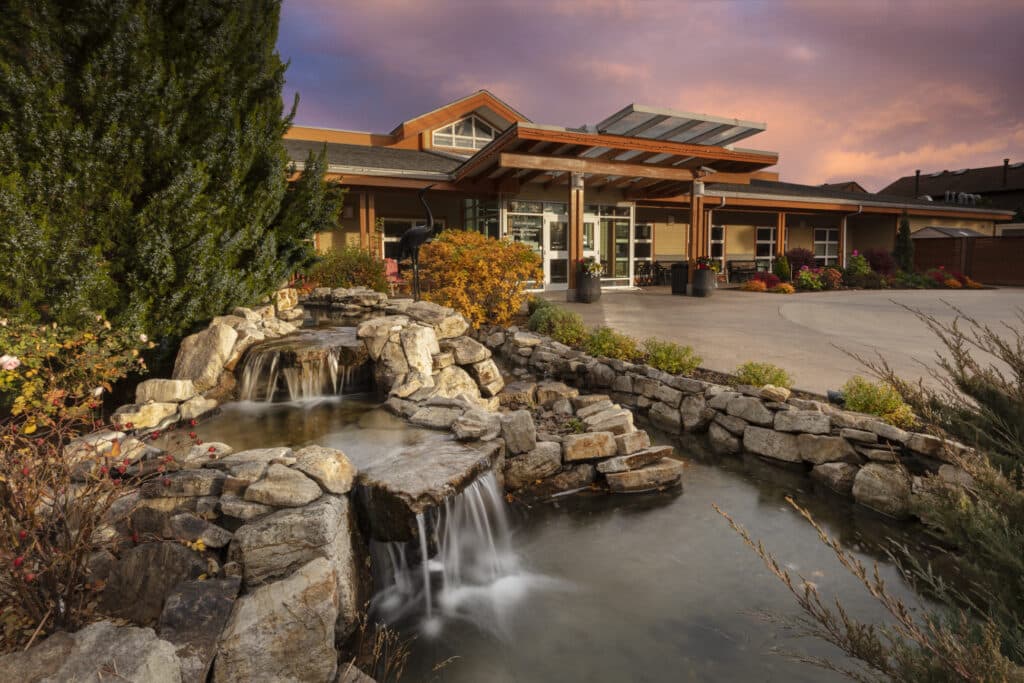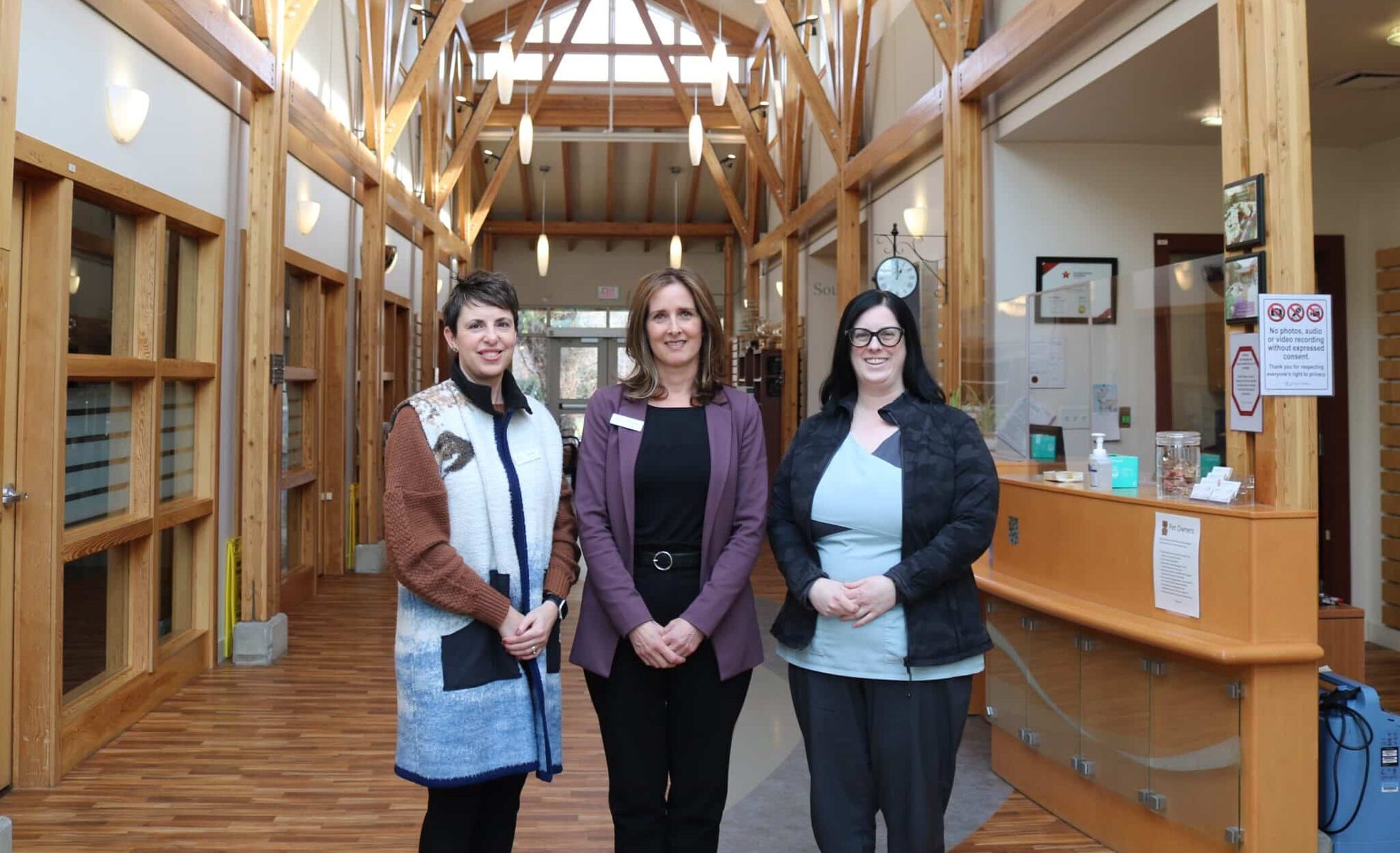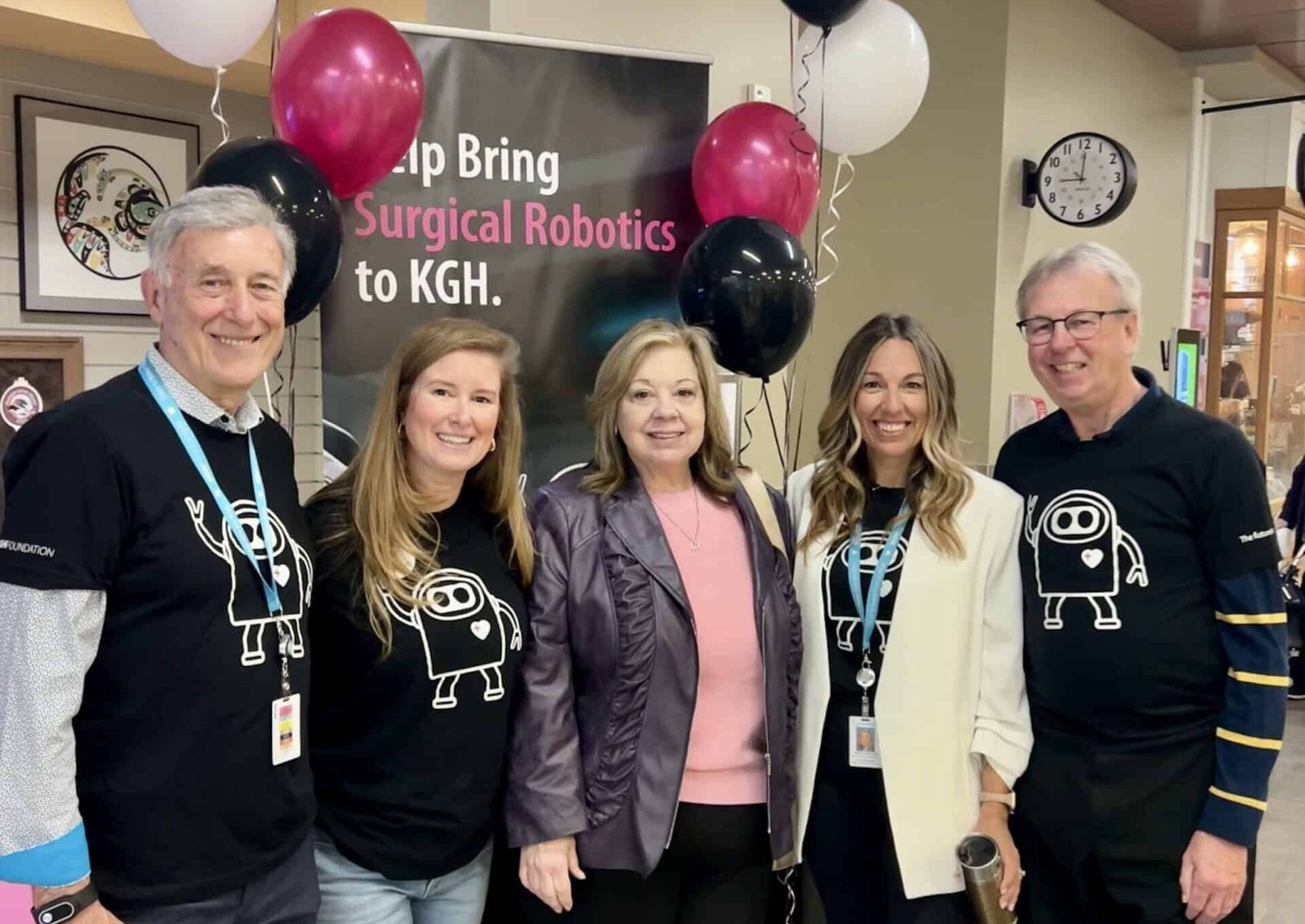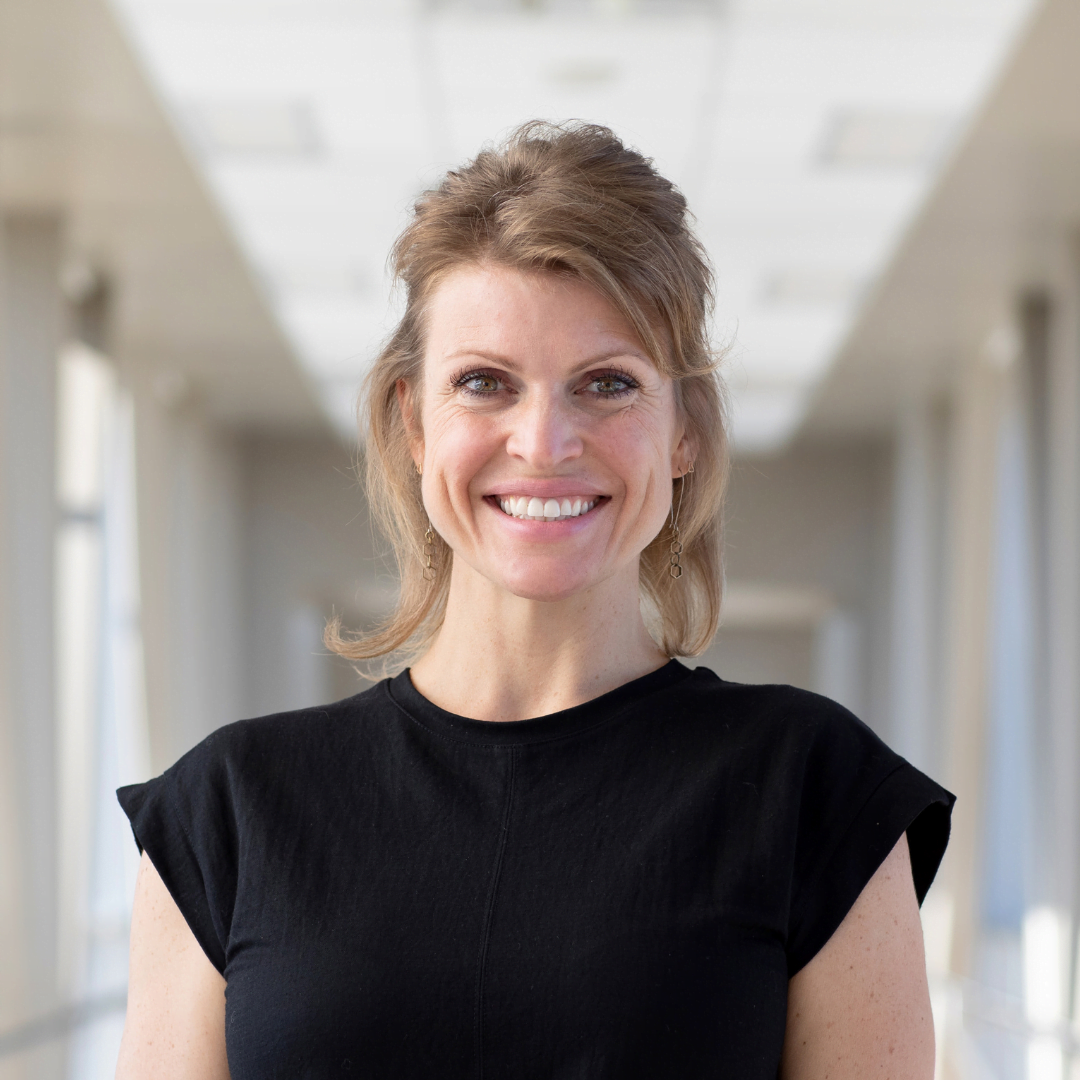CENTRAL OKANAGAN HOSPICE HOUSE
ENSURING A PEACEFUL FINAL CHAPTER
Central Okanagan Hospice House’s Legacy of Compassion and Care
The end of life is a subject no one wishes to face, yet it’s a story we all must write at some point. For patients and families at the Central Okanagan Hospice House, this chapter is often marked by profound emotional and physical challenges. Families sit at bedsides, trying to provide comfort while navigating their own grief. Patients confront the weight of their final days, yearning for peace and dignity.
“Our patients and their families are going through some of the hardest moments of their lives,” shares Cathryn Goodman, Manager- Palliative Care Services and Hospice House for the Central Okanagan. “Our mission is to provide them with a space where those moments are met with care, comfort, and compassion.”
Since opening its doors in 2008, the House has been a sanctuary for over 6,000 patients during life’s final chapter. Thanks to the generosity of donors, it offers more than exceptional medical care—it creates an environment filled with warmth, peace, and dignity. The Hospice team goes above and beyond to honor patient’s cultural and religious preferences, including Indigenous practices such as smudging and other deeply meaningful rituals.
“Our mission is to provide them with a space where those moments are met with care, comfort, and compassion.”
Cathryn Goodman, Manager – Paliative Care Services and Hospice House
Transforming the Space, Transforming the Experience
Donations to the KGH Foundation have enabled recent renovations and upgrades to create a beautiful space that helps families focus on what matters most: their time together.
A standout example is the newly renovated Patient and Family Lounge. Once a functional but uninspired room, it has been transformed into a welcoming and private space for families to gather and support one another.
“This lounge has become a haven,” says Goodman. “It’s where families can share memories, make funeral plans, or simply sit together with a cup of tea. It allows them to step away from the bedside to regroup and reset as they need.”
Empowering Choices with the MAiD Room
Thanks to the generosity of KGH Foundation donors, the creation of a dedicated Medical Assistance in Dying (MAiD) room at Hospice has become a profoundly impactful addition. Thoughtfully designed with new furniture, soothing colors, and calming décor, this space offers more than comfort—it empowers patients to make deeply personal decisions about their final chapter in a setting that honors their dignity and choice.
For patients, the serene environment provides a sense of calm and refuge during an intensely emotional time. It is a space where they can reflect, make decisions, and feel truly seen and valued in their final moments. For families, the MAiD room transforms a potentially clinical and overwhelming experience into one of compassion and grace.

A Legacy of Compassion
The generosity of donors has shaped more than just a care facility—it has created a sanctuary where life’s final chapter is written with grace, dignity, and love. By focusing on the emotional needs of patients and their families, every improvement made possible by donor support serves as a powerful reminder that even in life’s most difficult moments, beauty and compassion can bring comfort and peace.

Enhancing Comfort, One Detail at a Time
Thanks to the generosity of donors, the KGH Foundation has also been able to fund various enhancements that make a tangible difference in the care provided:
• Caregiver Comforts: A tea and coffee service for family members offers a small but meaningful comfort during stressful periods.
• New Oxygen Concentrators: Increasing capacity ensures every patient receives uninterrupted care, as the House was previously running short on these machines.
• Mattress Replacements: Improved mattresses guarantee patients’ comfort and prevent pressure-related issues.
• Enhanced Entertainment: Modern televisions provide a small but meaningful distraction for patients and their families.
• Professional Development: Ongoing education for the palliative care team ensures staff are equipped with the latest knowledge and strategies.
“These updates may seem small, but they’re life-changing for our patients and their families,” shares Goodman. “For patients confined to bed, something as simple as a TV becomes a window to the world, offering distraction, connection, and moments of normalcy. These details remind patients and families that they are seen, valued, and cared for in ways that go beyond the clinical. It’s about making their final chapter as meaningful and dignified as possible.”




